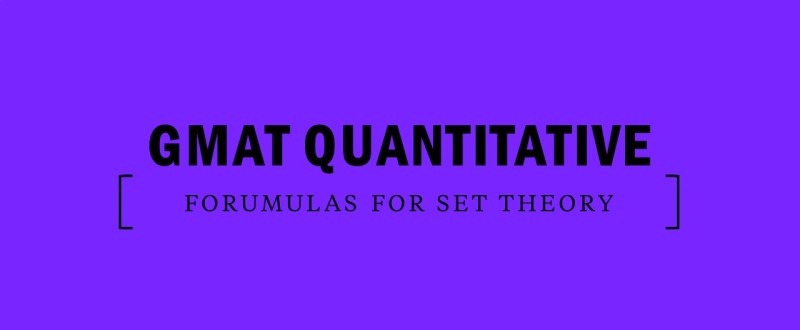3 Steps for GMAT Reading Comprehension New Situation Questions
Sometimes RC questions will ask you to take part of the passage and analogize it to a completely different situation. These questions are somewhat similar to Application questions. Improve your test scores in RC by following these three easy steps for this question type!
Practice Question
Let’s look at an example question:
We can tell this is a “New Situation” question because of the phrase “a situation comparable.” The key phrase “challenge faced by the paleontologist” tells us what we need to looks for in the passage. What is it he faces? The question cites line 35, but we will read about 5 lines above and below for context.
As we re-read, we want to “mentally highlight” the phrases that describe the “challenge” faced by the paleontologist. We can see that Denison is trying to exonerate his reputation, using the argument that he “did the best he could” with “what he had at the time” referring to a lack of technology that made his job more difficult.
Prediction: Difficult job → limited by past
Now we can examine the answer choices to look for three to eliminate.
(A) is the same subject matter as a paleontologist but does not deal with the limits of the past and an attempt to clear a reputation of past work. (B) and (E) also do not clearly relate to the past.
Now that we have narrowed it down to two, we can rephrase them to see more clearly.
C Director’s reputation is small, films did not make it
D Student documents he output of a professor
Only C refers to a lack of something, like the implied limits of the past on Denison. Thus, C is correct.




